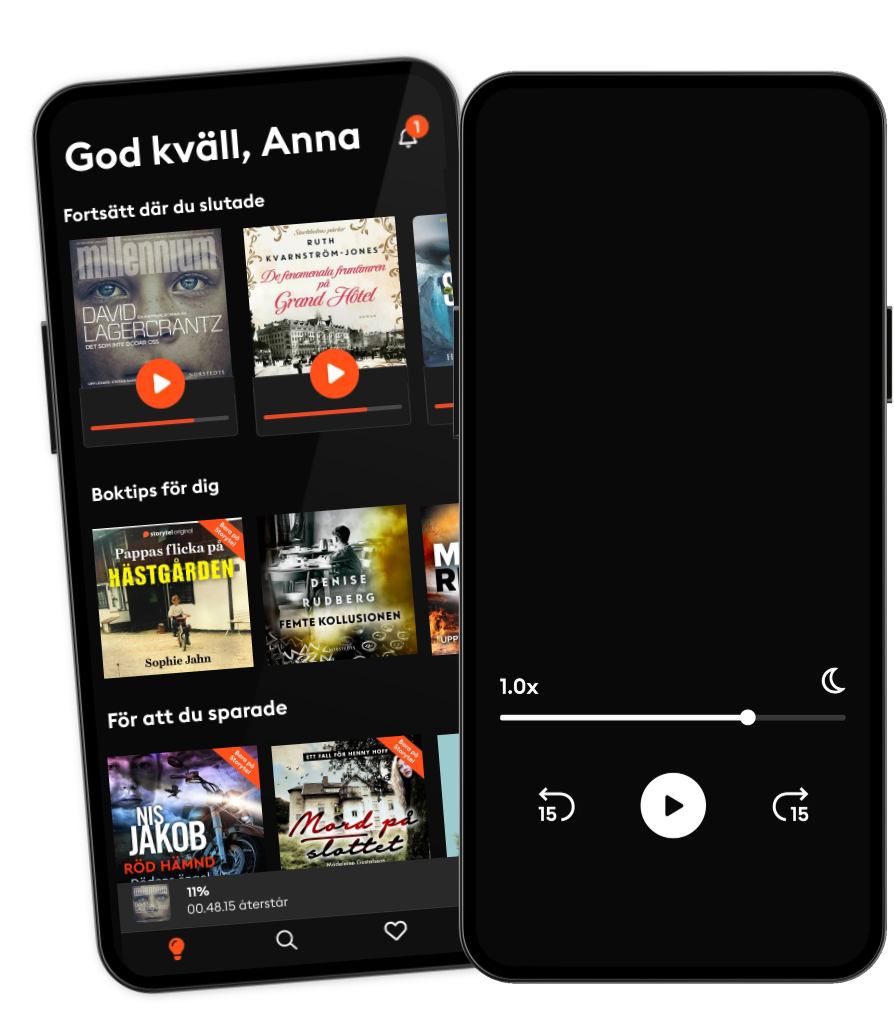Cadence: Software Behind Semiconductor Design - [Business Breakdowns, EP. 49]
- Av
- Episod
- 51
- Publicerad
- 2 mars 2022
- Förlag
- 0 Recensioner
- 0
- Episod
- 51 of 228
- Längd
- 1T
- Språk
- Engelska
- Format
- Kategori
- Ekonomi & Business
This is Matt Reustle and today we are breaking down Cadence Design Systems. Cadence operates in the semiconductor ecosystem where they offer electronic design automation software - also known as EDA software - which is used for chip design. Putting that in much simpler terms - our phones now carry an entire 1980s Radio Shack inside them, and Cadence makes that possible with software to design smaller and more powerful chips. To break down Cadence, I'm joined by two well-known tech investors and experts in the semiconductor space, Brinton Johns and Jon Bathgate of NZS Capital. We cover the value chain of semiconductors, the evolution of Cadence and the EDA market, and how Cadence reduced it's cyclical exposure over the last decade. I think some of the most interesting lessons come from businesses that face adversity and truly re-invent themselves with a micro-strategic change. Cadence is a prime example. Please enjoy this breakdown of Cadence. For the full show notes, transcript, and links to the best content to learn more, check out the episode page here. ----- Business Breakdowns is a property of Colossus, LLC. For more episodes of Business Breakdowns, visit joincolossus.com/episodes. Stay up to date on all our podcasts by signing up to Colossus Weekly, our quick dive every Sunday highlighting the top business and investing concepts from our podcasts and the best of what we read that week. Sign up here. Follow us on Twitter: @JoinColossus | @patrick_oshag | @jspujji | @zbfuss Show Notes [00:03:15] - [First question] - Everyday products that Cadence helps bring to life [00:07:28] - The rise of Cadence and the origins of the semiconductor industry [00:10:26] - Major players in the semiconductor space back in the 80s [00:12:13] - Going from plan, to chip, to production [00:16:58] - The life cycle of a chip and the cost to design one [00:19:19] - Differences between software design and embedded software [00:21:25] - The history of Cadence and the size and scope of their business today [00:28:05] - Existing customer base and how diversified they are [00:30:55] - What a contract actually looks like between Cadence and a customer [00:35:05] - Protection, off-the-shelf IP blocks and custom IP [00:35:53] - Cadence’s revenue growth, important metrics, and their KPIs [00:37:03] - How correlated their revenue is to semiconductor cycles [00:39:30] - Unit economics and the margin profile of the business [00:42:13] - Contributing factors to growth and thoughts on pricing [00:45:46] - Benefits of scale and what they like to see as investors from their R&D spend [00:48:12] - Risks and competitors that may threaten Cadence’s success [00:50:22] - Potential scenarios where the ecosystem becomes more vertically integrated [00:52:56] - What would drive a 10x growth for Cadence in next five years [00:54:58] - Things that would affect their growth in the next five years [00:57:38] - Lessons for investors when studying Cadence [00:59:15] - How they navigated the pandemic and how it impacted their business
Lyssna när som helst, var som helst
Kliv in i en oändlig värld av stories
- 1 miljon stories
- Hundratals nya stories varje vecka
- Få tillgång till exklusivt innehåll
- Avsluta när du vill

Andra podcasts som du kanske gillar...
- The Journal.The Wall Street Journal & Gimlet
- PengekassenTine Gudrun Petersen
- 1,5 graderAndreas Bäckäng
- AktiekompisarUnga Aktiesparare
- Redefining CyberSecuritySean Martin
- The Disciplined InvestorAndrew Horowitz - Host
- Pitchfork Economics with Nick HanauerCivic Ventures
- The Pathless Path with Paul MillerdPaul Millerd
- WorkLife with Adam GrantTED
- Everyone's Talkin' Money | Personal Finance Tips To Stress Less and Live MoreRelationships & Mental Health
- The Journal.The Wall Street Journal & Gimlet
- PengekassenTine Gudrun Petersen
- 1,5 graderAndreas Bäckäng
- AktiekompisarUnga Aktiesparare
- Redefining CyberSecuritySean Martin
- The Disciplined InvestorAndrew Horowitz - Host
- Pitchfork Economics with Nick HanauerCivic Ventures
- The Pathless Path with Paul MillerdPaul Millerd
- WorkLife with Adam GrantTED
- Everyone's Talkin' Money | Personal Finance Tips To Stress Less and Live MoreRelationships & Mental Health
Svenska
Sverige